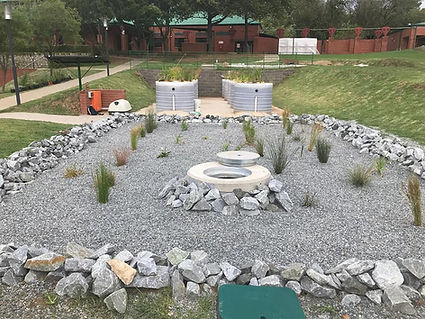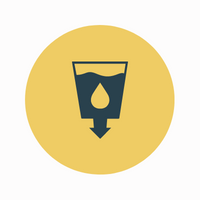top of page

Infinite Water
As water is a finite element how do we create the illusion of "infinite" water the same way nature has for billions of years.
As the global demand for water keeps pushing on the limited resources available, we need to become more innovative with water usage.
We go beyond sustainable into the realm of regenerative design by adopting +Water that mimics the natural water balance, to create an ecological water balance.
+Blog
+Water
At EnsO Earth we adopt the design philosophy of the Living Future's Water Petal, which we refer to as +Water, as the Water Petal certification cannot be applied in isolation as it is only one part of the Living Building Challenge certification process.
For +Water the site needs to meet all its water requirements within the footprint of the site without the use of harmful chemicals, and incorporates rainwater harvesting, stormwater, and wastewater management.

+Water

+Reduce
Potable Water Management
Diversification of water supply by rationalising the water demand as fit for purpose, we create an optimal water balance for a project.
"Fit-for-purpose specifications” are the treatment requirements to bring water from a particular source to the quality needed, to ensure public health, environmental protection, or specific user needs.
Reduce

+Recycle
Wastewater Management
We treat wastewater as a valuable resource, recycling the nutrient rich wastewater for irrigation and urban farming and non-potable water can also be used for toilet flushing and area washdowns
By upcycling the wastewater, they are able to use the nutrient-rich, reclaimed water for irrigation purposes to grow food or introduce green belts into their communities; indirectly improving their living environment, property appeal and well-being.
Recycle

+Restore
Stormwater Management
Where can we adopt rainwater management systems that will recharge ground water and slow down runoff, minimizing the peak curve and reducing detention ponds storage capacity rendering more user friendly spaces and smaller downstream pipe diameters and flooding.
Constructed wetlands creates buffers to treat contaminated surface runoff for oil and other surface waste before discharging clean water back into our watercourses.
Restore

+Gold Sponsors
Out of gallery

bottom of page



























